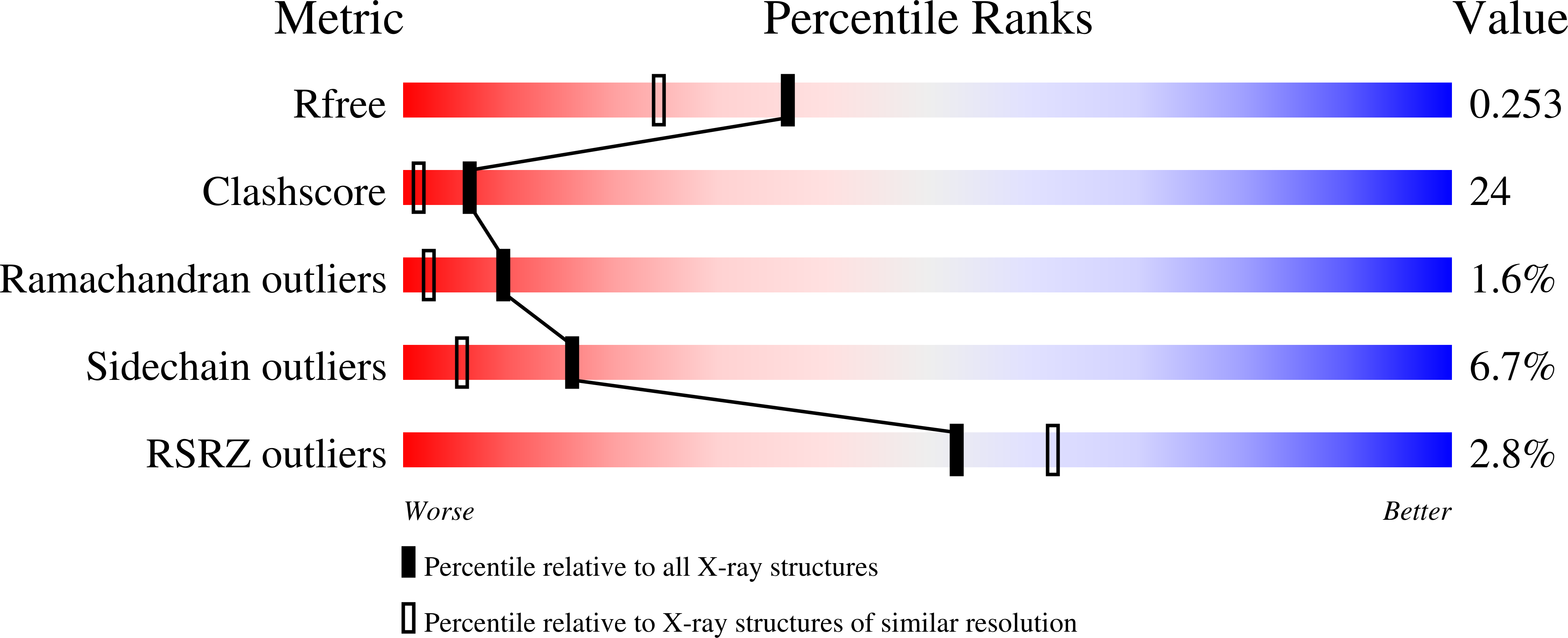
Deposition Date
2005-10-24
Release Date
2006-11-14
Last Version Date
2024-10-30
Entry Detail
PDB ID:
2D4U
Keywords:
Title:
Crystal Structure of the ligand binding domain of the bacterial serine chemoreceptor Tsr
Biological Source:
Source Organism:
Escherichia coli (Taxon ID: 562)
Host Organism:
Method Details:
Experimental Method:
Resolution:
1.95 Å
R-Value Free:
0.25
R-Value Work:
0.21
R-Value Observed:
0.21
Space Group:
P 1 21 1


